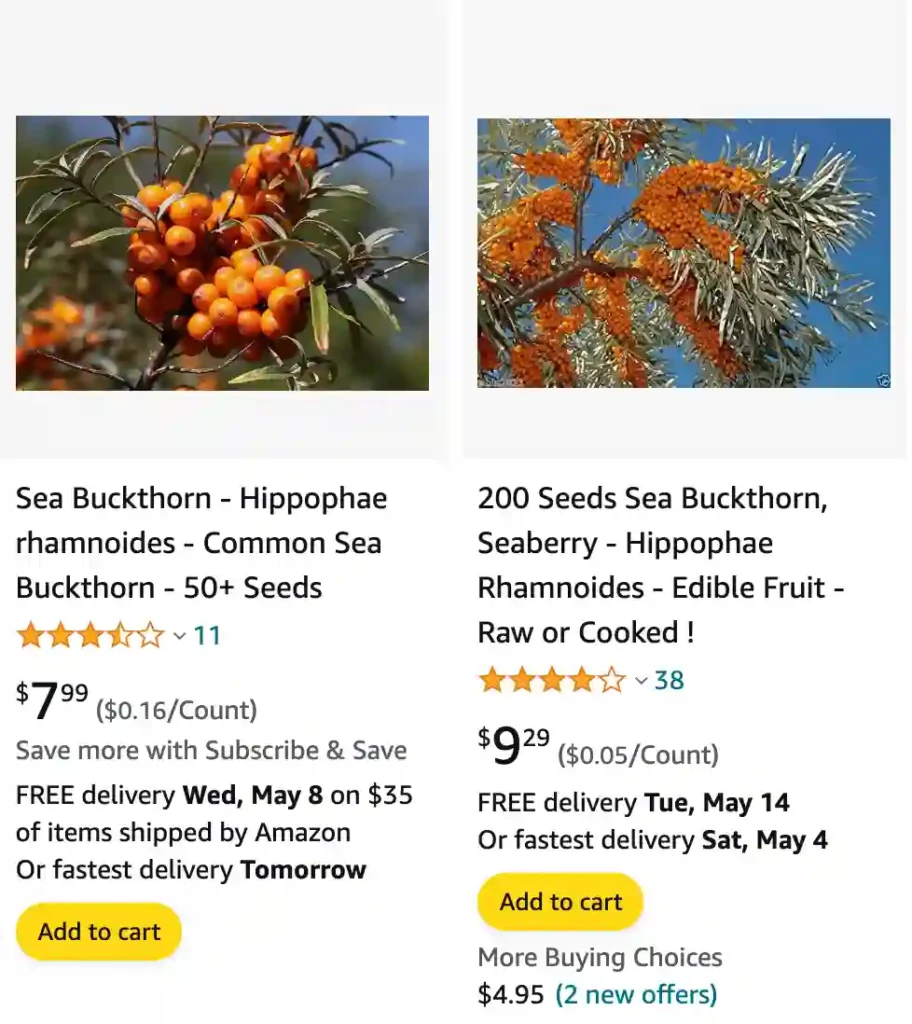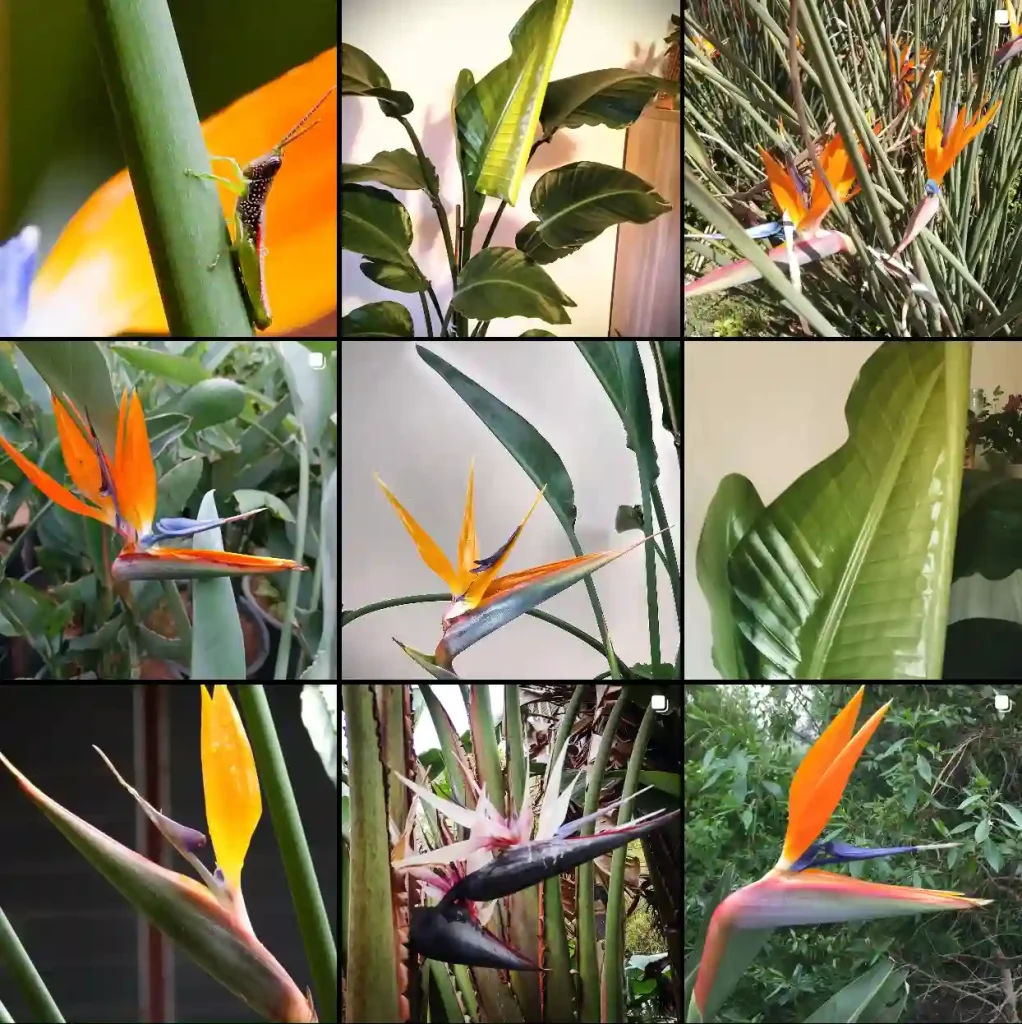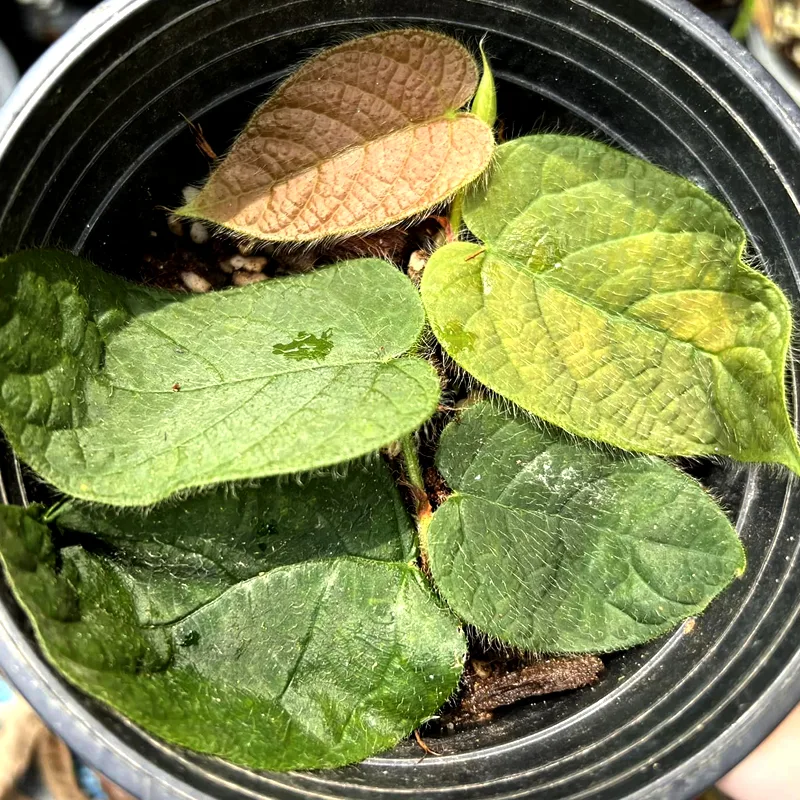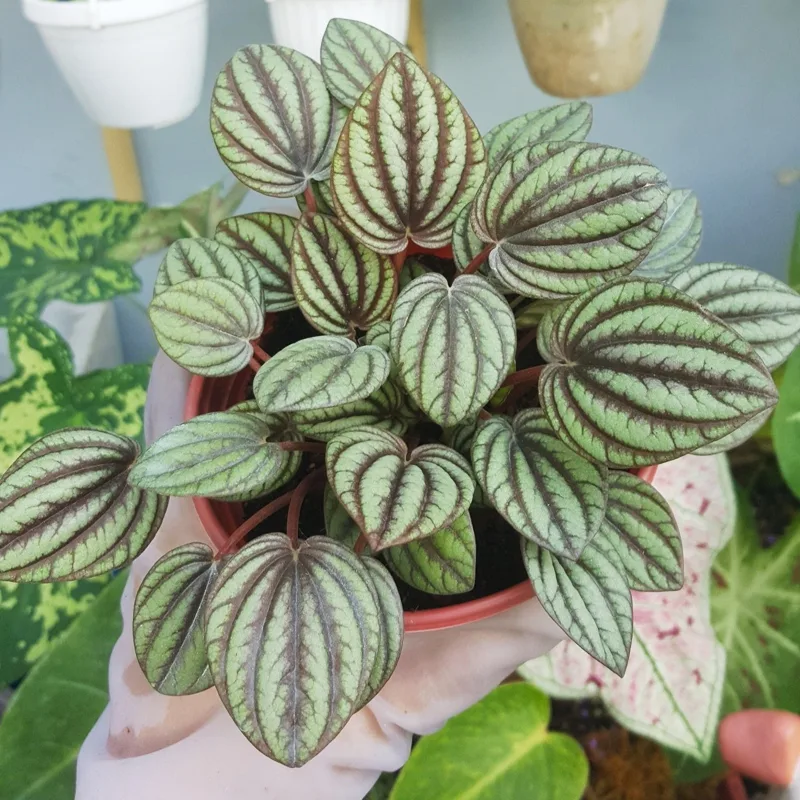
November 1 – Rhamnus
"Rhamnus, the buckthorn, represents November 1."
Rhamnus symbolizes determination and renewal. You have an unyielding spirit, pushing through obstacles to reach your goals. Like its hardy growth, you bring strength and vitality, inspiring those around you to persevere and thrive.
What is buckthorn?
My name is Ferb Vu, and I’ve always been drawn to the intricate world of plants. Their diversity, resilience, and quiet beauty never cease to amaze me. Lately, I’ve become fascinated by a particular genus: Rhamnus, more commonly known as buckthorn, belong to the Rhamnaceae family. These shrubs, sometimes growing into small trees, are found across the globe and boast a rich history of medicinal and practical uses. Join me as I delve into the world of Rhamnus, exploring its characteristics, its various species, and its significance in both the natural world and human society.
Plant Family: 65 Genera in Rhamnaceae – Buckthorn/Jujube Family
What does buckthorn look like?
Rhamnus species are incredibly diverse, ranging from deciduous to evergreen, and can be found in a variety of habitats, from woodlands to wetlands. One of the most distinctive features of many buckthorns is their thorns, which give the genus its common name. These thorns, often found at the tips of branches, serve as a deterrent to herbivores, protecting the plant from being eaten. The leaves of Rhamnus are typically simple, with serrated edges and prominent veins. In the fall, some species display vibrant foliage, adding a splash of color to the landscape.
But perhaps the most striking feature of the buckthorn is its fruit. These small, berry-like drupes mature into a variety of colors, depending on the species, ranging from black and purple to red and yellow. While these fruits might look tempting, it’s important to note that many Rhamnus species produce fruits that are mildly toxic to humans. However, these same fruits are a valuable food source for birds and other wildlife, who help disperse the seeds.
A Diverse Family: Species of Rhamnus
The genus Rhamnus encompasses a vast array of species, each with its own unique characteristics and distribution. Here are:
- Rhamnus alaternus L.
- Rhamnus alnifolia L’Hér.
- Rhamnus alpina L.
- Rhamnus arguta Maxim.
- Rhamnus arnottiana Gardner ex Thwaites
- Rhamnus aurea Heppeler
- Rhamnus baldschuanica Grubov
- Rhamnus × bermejoi P.Fraga & Rosselló
- Rhamnus biglandulosa Sessé & Moc.
- Rhamnus bodinieri H.Lév.
- Rhamnus brachypoda C.Y.Wu
- Rhamnus bungeana J.J.Vassil.
- Rhamnus calderoniae R.Fern.
- Rhamnus cathartica L.
- Rhamnus collettii Bhandari & Bhansali
- Rhamnus cordata Medw.
- Rhamnus coriophylla Hand.-Mazz.
- Rhamnus cornifolia Boiss. & Hohen.
- Rhamnus costata Maxim.
- Rhamnus crenulata Aiton
- Rhamnus crocea Nutt.
- Rhamnus dalianensis S.Y.Li & Z.H.Ning
- Rhamnus daliensis G.S.Fan & L.L.Deng
- Rhamnus darii Govaerts
- Rhamnus davurica Pall.
- Rhamnus depressa Grubov
- Rhamnus diffusa Clos
- Rhamnus disperma Ehrenb. ex Boiss.
- Rhamnus dolichophylla Gontsch.
- Rhamnus dumetorum C.K.Schneid.
- Rhamnus erythroxyloides Hoffmanns.
- Rhamnus erythroxylum Pall.
- Rhamnus esquirolii H.Lév.
- Rhamnus fallax Boiss.
- Rhamnus flavescens Y.L.Chen & P.K.Chou
- Rhamnus formosana Matsum.
- Rhamnus fulvotincta F.P.Metcalf
- Rhamnus × gayeri Kárpáti ex Soó
- Rhamnus gilgiana Heppeler
- Rhamnus glandulosa Aiton
- Rhamnus glaucophylla Sommier
- Rhamnus globosa Bunge
- Rhamnus grandiflora C.Y.Wu
- Rhamnus grubovii I.M.Turner
- Rhamnus hainanensis Merr. & Chun
- Rhamnus hemsleyana C.K.Schneid.
- Rhamnus heterophylla Oliv.
- Rhamnus hirtella Boiss.
- Rhamnus hupehensis C.K.Schneid.
- Rhamnus × hybrida L’Hér.
- Rhamnus imeretina J.R.Booth ex G.Kirchn.
- Rhamnus infectoria L.
- Rhamnus integrifolia DC.
- Rhamnus × intermedia Steud. & Hochst.
- Rhamnus ishidae Miyabe & Kudô
- Rhamnus iteinophylla C.K.Schneid.
- Rhamnus japonica Maxim.
- Rhamnus kanagusukii Makino
- Rhamnus kayacikii Yalt. & P.H.Davis
- Rhamnus kurdica Boiss. & Hohen.
- Rhamnus kwangsiensis Y.L.Chen & P.K.Chou
- Rhamnus lamprophylla C.K.Schneid.
- Rhamnus lanceolata Pursh
- Rhamnus laoshanensis D.K.Zang
- Rhamnus ledermannii Lauterb.
- Rhamnus × lemaniana Briq.
- Rhamnus leptacantha C.K.Schneid.
- Rhamnus leptophylla C.K.Schneid.
- Rhamnus libanotica Boiss.
- Rhamnus liboensis Y.F.Deng
- Rhamnus liukiuensis (E.H.Wilson) Koidz.
- Rhamnus lojaconoi Raimondo
- Rhamnus ludovici-salvatoris Chodat
- Rhamnus lycioides L.
- Rhamnus maximovicziana J.J.Vassil.
- Rhamnus × mehreganii Alijanpoor & Khodayari
- Rhamnus × mercieri Briq.
- Rhamnus microcarpa Boiss.
- Rhamnus mildbraedii Engl.
- Rhamnus minnanensis K.M.Li
- Rhamnus mollis Merr.
- Rhamnus mongolica Y.Z.Zhao & L.Q.Zhao
- Rhamnus × mulleyana Fritsch
- Rhamnus myrtifolia Willk.
- Rhamnus nakaharae (Hayata) Hayata
- Rhamnus napalensis (Wall.) M.A.Lawson
- Rhamnus nigrescens Lauterb.
- Rhamnus nigricans Hand.-Mazz.
- Rhamnus ninglangensis Y.L.Chen
- Rhamnus nitida P.H.Davis
- Rhamnus oleoides L.
- Rhamnus orbiculata Bornm.
- Rhamnus papuana Lauterb.
- Rhamnus parvifolia Bunge
- Rhamnus pentapomica R.Parker
- Rhamnus persica Boiss.
- Rhamnus persicifolia Moris
- Rhamnus petiolaris Boiss. & Balansa
- Rhamnus philippinensis C.B.Rob.
- Rhamnus pichleri C.K.Schneid. & Bornm.
- Rhamnus pilushanensis Y.C.Liu & C.M.Wang
- Rhamnus × pissjaukovae O.A.Popova
- Rhamnus prinoides L’Hér.
- Rhamnus procumbens Edgew.
- Rhamnus prunifolia Sm.
- Rhamnus pulogensis Merr.
- Rhamnus pumila Turra
- Rhamnus punctata Boiss.
- Rhamnus purpurea Edgew.
- Rhamnus pyrella O.Schwarz
- Rhamnus qianweiensis Z.Y.Zhu
- Rhamnus rahiminejadii Alijanpoor & Assadi
- Rhamnus rhodopea Velen.
- Rhamnus rosei M.C.Johnst. & L.A.Johnst.
- Rhamnus rosthornii E.Pritz.
- Rhamnus rugulosa Hemsl.
- Rhamnus salixiophylla S.S.Ying
- Rhamnus sargentiana C.K.Schneid.
- Rhamnus saxatilis Jacq.
- Rhamnus schlechteri Lauterb.
- Rhamnus seravschanica (Kom.) Kamelin
- Rhamnus serpyllacea Greuter & Burdet
- Rhamnus serrata Humb. & Bonpl. ex Schult.
- Rhamnus sibthorpiana Schult.
- Rhamnus smithii Greene
- Rhamnus songorica Gontsch.
- Rhamnus spathulifolia Fisch. & C.A.Mey.
- Rhamnus staddo A.Rich.
- Rhamnus standleyana C.B.Wolf
- Rhamnus subapetala Merr.
- Rhamnus sumatrensis Ridl.
- Rhamnus sumbawana Lauterb.
- Rhamnus tangutica J.J.Vassil.
- Rhamnus taquetii (H.Lév. & Vaniot) H.Lév.
- Rhamnus thymifolia Bornm.
- Rhamnus tonkinensis Pit.
- Rhamnus tortuosa Sommier & Levier
- Rhamnus triquetra (Wall.) Brandis
- Rhamnus tzekweiensis Y.L.Chen & P.K.Chou
- Rhamnus utilis Decne.
- Rhamnus velutina Boiss.
- Rhamnus virgata Roxb.
- Rhamnus wightii Wight & Arn.
- Rhamnus wilsonii C.K.Schneid.
- Rhamnus × woloszczakii Kárpáti
- Rhamnus wumingensis Y.L.Chen & P.K.Chou
- Rhamnus xizangensis Y.L.Chen & P.K.Chou
- Rhamnus yoshinoi Makino
How to kill buckthorn?
Getting rid of buckthorn feels like a never-ending battle, but I’ve learned a few things through trial and error in our war zone of a backyard. The trick seems to be a two-pronged attack. First, you gotta cut those suckers down at the base. I use loppers for smaller ones and a chainsaw for the real monsters. But just chopping them down isn’t enough – those sneaky roots will try to sprout back with a vengeance. That’s where the herbicide comes in. I’ve found that using a cut-stump treatment with a product that has triclopyr as an ingredient works best. Just be sure to follow the directions exactly, and wear gloves and eye protection – that stuff is no joke! It’s a slow process, but with some persistence, I’m slowly starting to reclaim our woods from the clutches of buckthorn.
What is sea buckthorn good for?
Admittedly, I haven’t had any personal experience with sea buckthorn myself. It sounds kind of like its nasty cousin, the regular buckthorn, wreaking havoc in some other part of the world. But from what I’ve heard from folks online, it seems like sea buckthorn is the good kind of buckthorn. Apparently, the berries are packed with vitamins and antioxidants, and people use them for all sorts of things – skincare, boosting the immune system, even helping with heart health. Sounds too good to be true, but maybe that’s the difference between the European bully and this sea buckthorn – one’s a nuisance, the other might be a hidden health wonder.
Why is buckthorn bad?
Buckthorn is the bane of my existence in our backyard woods. It’s like an ecological bully, crowding out all the other plants I love. These shrubs grow super fast and thick, with these big, shady leaves that block sunlight from reaching the ground. That chokes out all the wildflowers and ferns that used to grow there, leaving the forest floor bare and sad. It totally disrupts the whole ecosystem – no more colorful flowers for the butterflies, and less food and shelter for the little woodland creatures. And to top it all off, the dense buckthorn thickets make it nearly impossible to walk through the trails – like nature’s prickly gauntlet! Ugh, buckthorn.
Are buckthorn berries edible?
Buckthorn berries are one of those things I wouldn’t touch with a ten-foot pole, at least not raw. I’ve heard conflicting stories – some folks say they’re technically edible if you cook them a certain way, but others swear they’ll give you a nasty stomach ache. Honestly, the whole idea sounds like a recipe for disaster. Those berries might look juicy and tempting, but I’ve seen what they do to the robins and finches that peck at them – not a pretty sight. Plus, there are plenty of other delicious wild edibles in the woods that I know are safe, so why risk it with the buckthorn? No thanks, I’ll stick to the tried-and-true options!
Do deer eat buckthorn?
From what I’ve seen around our place, deer don’t exactly seem to crave buckthorn. Sure, they might nibble on the leaves or snatch a stray berry every now and then, especially in the winter when pickings are slim. But buckthorn isn’t exactly a gourmet meal for them. There’s all these other tastier options around – lush green ferns, juicy berries from native shrubs, and those tender shoots on young maple trees. Deer are browsers, so they like a varied diet, and buckthorn just doesn’t seem to be high on their list. In fact, some folks say the dense buckthorn thickets actually make it harder for deer to move around and find the good stuff to eat. So, buckthorn might not be deer candy, but it definitely disrupts their natural habitat.
The Human Connection: Rhamnus in History and Culture
Throughout history, humans have found various uses for Rhamnus species. As mentioned earlier, some species have medicinal properties. The bark and fruits of certain buckthorns were used as purgatives, while others were used to treat skin conditions and other ailments.
Beyond medicine, Rhamnus has played a role in various industries. The wood of some species, like Rhamnus davurica, is valued for its strength and durability. The bark of certain buckthorns was used to produce dyes, ranging in color from yellow to green. And as mentioned earlier, the charcoal of Rhamnus frangula was an essential ingredient in traditional gunpowder production.
However, it’s important to acknowledge the negative impact that some Rhamnus species have had. Introduced to new environments, certain buckthorns, like Rhamnus cathartica, have become invasive, outcompeting native plants and disrupting ecosystems. This highlights the importance of careful management and the need to consider the potential consequences before introducing any species to a new environment.
Looking Ahead: The Future of Rhamnus
Despite the challenges posed by invasive species, the genus Rhamnus continues to hold promise. Researchers are exploring the potential of buckthorns in various fields, from medicine to biofuel production. Some studies suggest that certain Rhamnus species may have anti-cancer and anti-inflammatory properties. Others are investigating the potential of using buckthorn biomass as a source of renewable energy.
As we continue to learn more about this fascinating genus, it’s crucial that we strive to balance its potential benefits with the need to protect our natural ecosystems. By understanding the complex relationship between humans and Rhamnus, we can ensure that these plants continue to play a valuable role in our world for generations to come.
If i die, water my plants!



